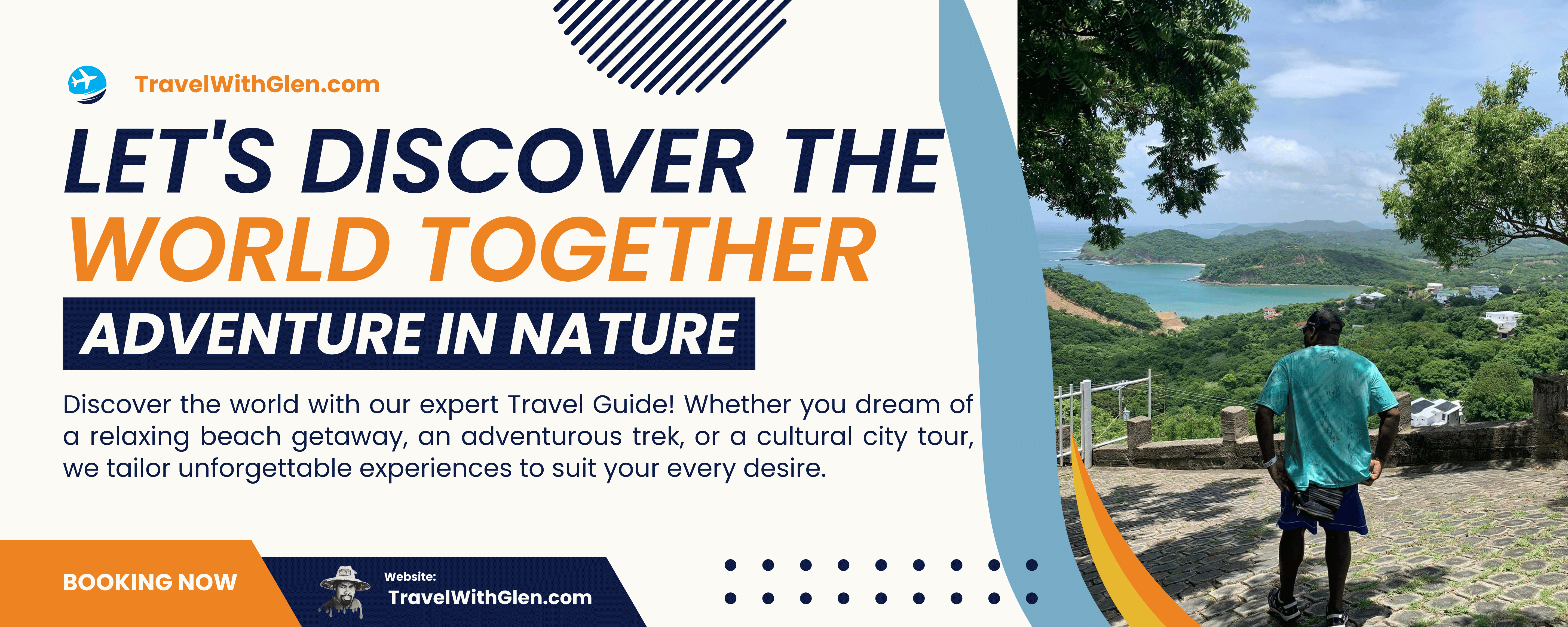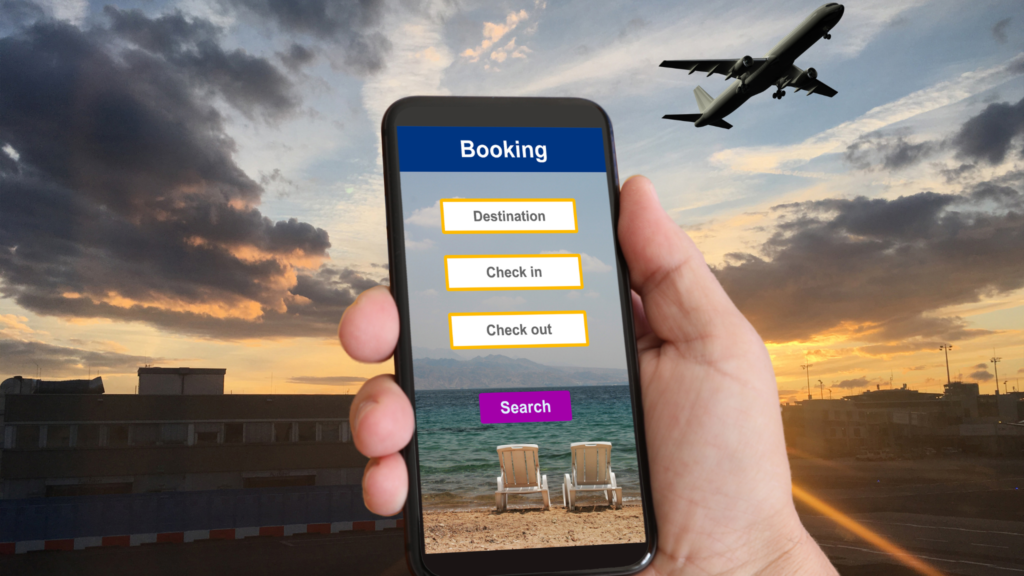Best Safety Features in Solo Travel Apps
Solo travel is safer than ever with the right apps. Modern travel apps offer features like real-time location sharing, SOS alerts, and offline navigation to address the key concerns of solo travelers. Whether you’re worried about emergencies, navigating unfamiliar areas, or staying connected with loved ones, these tools have you covered.
Key Safety Features:
- Location Sharing: Apps like bSafe allow real-time tracking and automated check-ins.
- Emergency SOS: Tools like Emergency Plus and Safeture provide direct access to help and notify contacts.
- Offline Navigation: Apps such as GeoSure and TripWhistle ensure access to safety info without internet.
- Safety Ratings: OZZI highlights risky areas with interactive maps and updates.
Quick Comparison Table:
| App Name | Key Features | Best For | Limitations |
|---|---|---|---|
| bSafe | Location sharing, panic button, timer mode | Continuous monitoring | Needs internet for tracking |
| Emergency Plus | Emergency services connection, GPS sharing | Quick help in emergencies | Limited features |
| TripWhistle | Emergency numbers for 196 countries, offline use | Global emergency access | No live tracking |
| Safeture | Dual notifications, automated location sharing | Comprehensive safety | Higher cost, setup complexity |
Use these apps alongside offline strategies like carrying paper maps, printed contacts, and personal safety tools for a well-rounded safety plan.
Top 10 Best Emergency Apps for Travelers
Key Safety Features in Solo Travel Apps
Travel apps have stepped up their game, adding smart tools to address the specific needs of solo travelers. These features create a solid safety framework for independent explorers.
Location Sharing and Tracking
Keeping loved ones informed is crucial for solo travelers, and many apps make this easy with real-time tracking. Apps like bSafe and My SOS Family let users share their location in real time and even automate check-ins. This ensures that trusted contacts are always in the loop during your trip [4] [1].
Emergency SOS and Panic Buttons
Quick access to help can be a lifesaver in emergencies. Many apps now offer streamlined solutions for immediate assistance. Emergency Plus, for example, connects users directly to local emergency services in various countries, simplifying communication when it matters most [1].
Safeture takes things further with a system that notifies both your emergency contacts and local authorities at the same time. It even shares your location automatically to speed up response times [3].
Offline Navigation and Safety Ratings
Exploring new places often means dealing with unknown risks, and these apps help mitigate them. GeoSure provides safety scores across categories like crime, health, and women’s safety. Meanwhile, OZZI offers interactive maps with real-time safety updates and offline capabilities, so you’re covered even without internet access [2].
Another standout is TripWhistle, which gives you emergency numbers for 196 countries. These numbers are accessible offline, making it a must-have tool for solo travelers [4].
With these features, travel apps are empowering solo adventurers to explore with confidence and security. But how do these tools stack up when compared side by side?
sbb-itb-526cef7
Comparison of Solo Travel Apps for Safety
When picking a safety-focused travel app, it’s helpful to see how various options compare. Below is a breakdown of key features, benefits, and drawbacks for some top-rated apps, making it easier to find the one that fits your travel needs.
Comparison Table: Features, Benefits, and Drawbacks
| App Name | Key Safety Features | Benefits | Drawbacks |
|---|---|---|---|
| bSafe | • Real-time location sharing • Panic button • Timer mode | • Easy to use • Offers multiple safety tools • Trusted contact network | • Limited offline use • Needs stable internet for tracking |
| Emergency Plus | • Direct connection to emergency services • GPS coordinates sharing • Local emergency numbers | • Quick access to help • Usable in many countries • Simple design | • Fewer features overall • Lacks community-based tools |
| TripWhistle | • Emergency numbers for 196 countries • Direct calling integration • Location coordinate sharing | • Covers a large number of countries • Works offline for emergency numbers • GPS-enabled emergency calls | • Focused only on emergency calls • No live tracking features |
| Safeture | • Dual notification system • Automated location sharing • Emergency contact alerts | • Quick response times • Connects to local authorities • Includes professional monitoring | • Higher cost • More complicated to set up |
Some apps, like bSafe, are ideal for continuous monitoring, while others, such as TripWhistle, are tailored for emergency situations. Emergency Plus stands out for its ease of use, especially for travelers who prefer simpler tools [1]. For a more comprehensive approach, platforms like Travel With Glen can complement these apps by offering additional resources.
Spotlight on Travel With Glen
Safety apps are great for handling emergencies, but Travel With Glen focuses on preventing them. Their blog and specially curated guides provide practical safety advice and local emergency details. When combined with the features of safety apps, these resources create a balanced, proactive safety plan for solo travelers.
Tips for Solo Traveler Safety
Using Technology and Staying Alert
Travel safety apps can be incredibly useful, but they work best when paired with your own vigilance. For instance, the American Red Cross app provides real-time alerts for severe weather and hazards, along with handy tools like a flashlight and a messaging feature. Apps like My SOS Family allow you to send silent emergency alerts, which can be a lifesaver in risky situations. However, it’s always a good idea to keep your phone discreet in areas where theft might be a concern [1].
To stay both digitally and physically secure, try these tips:
- Set Manual Check-ins: Schedule regular updates with family or friends to complement automated tracking.
- Use Silent Alerts: Apps like bSafe can send discreet notifications in emergencies.
- Carry Essentials: Always have a fully charged phone and a backup power bank on hand.
- Stay Aware: Avoid using headphones in unfamiliar or crowded areas to maintain your alertness.
“Don’t forget smart travelling is not limited to using a tech gadget arsenal, but to having the smart mindset to use them right.”
While technology can be a huge help, having offline safety measures ensures you’re ready for anything.
Offline Safety Plans
Apps like StaySafe, which include features like timers that alert contacts if you don’t check in, highlight the importance of planning ahead. But relying solely on digital tools isn’t enough – non-digital backups are just as important.
Here’s a quick overview of an offline safety strategy:
| Safety Element | Digital Backup | Physical Backup |
|---|---|---|
| Navigation | Offline Google Maps | Paper maps and written directions |
| Emergency Contacts | Saved digitally and printed | Printed contact list |
| Location Sharing | App-based tracking | Written itinerary shared with a trusted person |
| Local Resources | Cached emergency info | Cards with embassy or hospital addresses |
For added security, consider carrying a personal safety alarm with a loud sound and a bright flashlight. These tools can provide immediate help without relying on technology [2].
The Safety Map Worldwide app is another helpful resource for identifying high-risk areas [5].
“With technology in the form of travel apps, traveling alone has never been safer”, says Katie Anton, while also stressing the need for offline contingency plans.
When choosing accommodations, you might also want to bring some extra security tools, like a doorstop or an Addalock. These physical devices can complement your digital safety measures and give you extra peace of mind.
Conclusion: Safety Tools for Solo Travel
Key Safety Features at a Glance
Travel apps have reshaped how solo travelers stay safe. Features like location sharing, SOS alerts, and offline navigation act as a safety net for those venturing out alone. Many apps also include options to store medical details, offer country-specific safety tips, and provide access to emergency response systems. Together, these tools help travelers tackle common issues like navigating unfamiliar places, staying connected, and handling emergencies effectively [3].
Boosting Confidence for Solo Travelers
What makes these tools stand out is their ability to give solo travelers peace of mind. Apps such as I M Safe simplify safety with automated check-ins and quick-access SOS alerts. This means travelers can focus on enjoying their journey rather than worrying about “what if” scenarios [1].
The ongoing development of these apps is making solo travel easier and safer than ever. With features like offline maps and safety ratings for different areas, travelers can navigate new destinations with confidence. Real-time tracking adds an extra layer of security by keeping emergency contacts informed [2]. These tools are helping more people embrace the freedom of exploring the world on their own terms.
![]()










